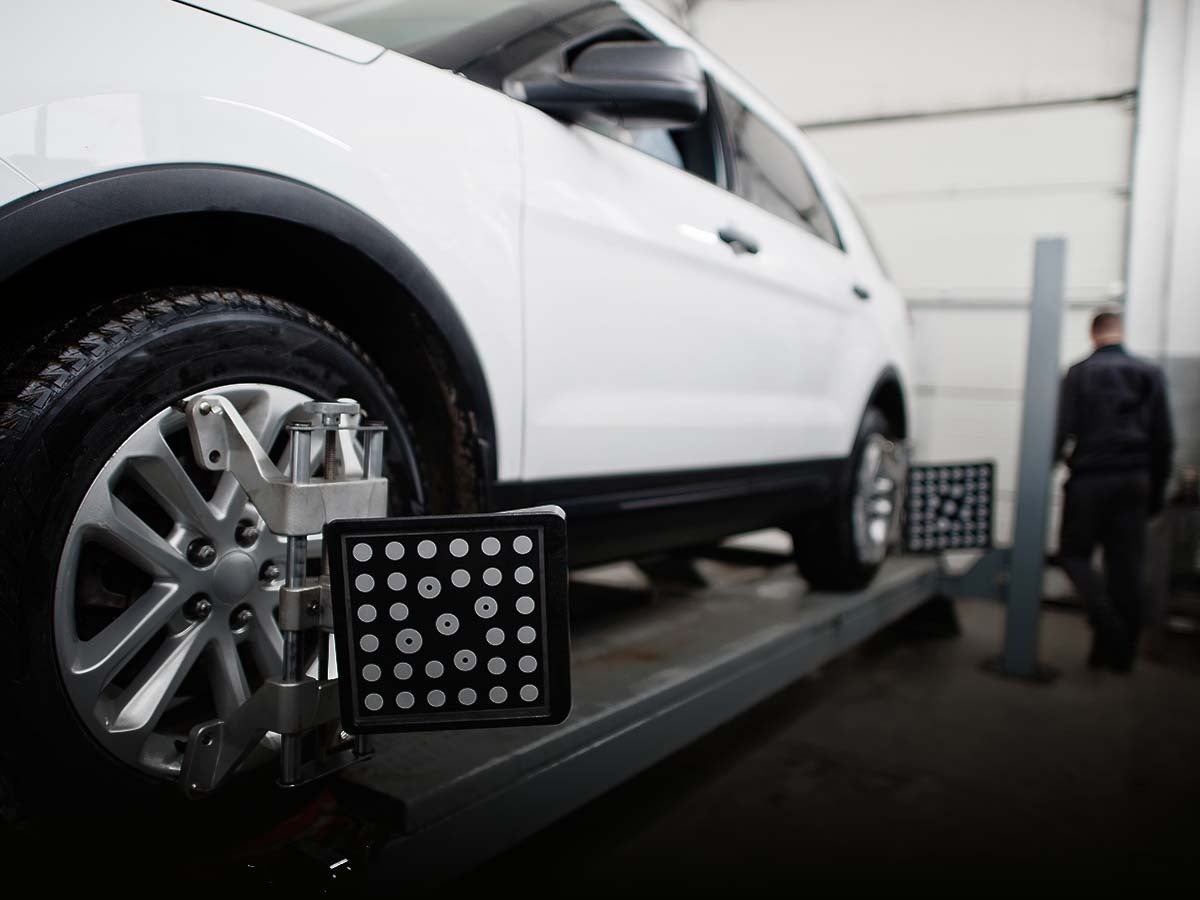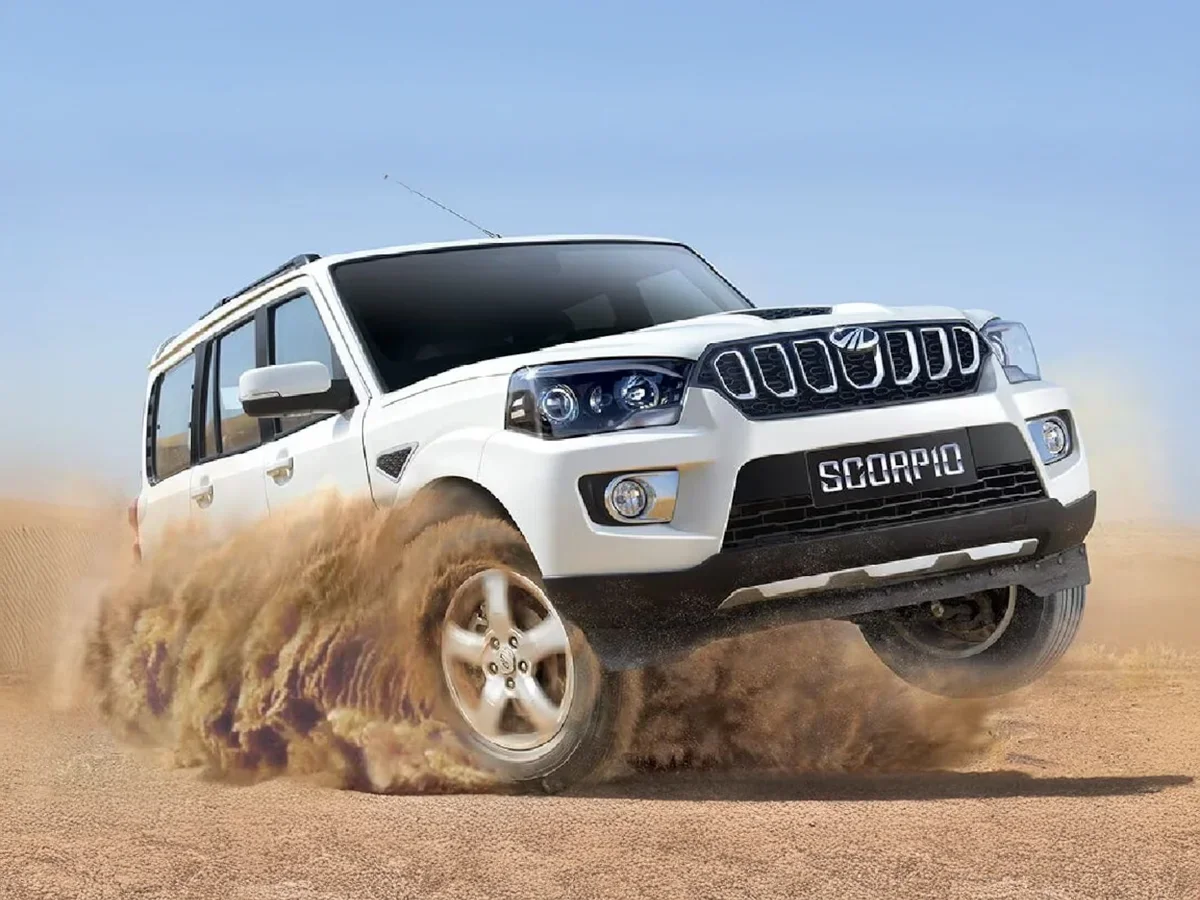

All About Wheel Alignment: How Often Should You Get a Tyre Alignment?
- 1Wheel alignment affects how your car drives on the road
- 2Improper alignment will lead to your tyres wearing out quickly and unevenly
- 3Wheel alignment should be checked every 10,000 to 15,000 kilometres
Wheel alignment, also commonly referred to as tyre alignment, is one of the most important aspects of a car’s handling and safely yet it is often the most often overlooked aspect in terms of maintenance. You might have noticed your car pulling to a side, an obvious indicator of improper wheel alignment. In short, car tyre alignment includes the angles in which your car’s tyres make contact with the road.
In this article, we are going to delve deeper into this topic understanding factors affecting wheel alignment and how often you should get it done. Let’s start with understanding the basics of wheel alignment.

What is Wheel Alignment?
In simple terms, wheel alignment means adjusting the angle of your wheels for optimal road grip. Proper wheel alignment helps your car drive straight and smooth, especially at higher speeds while also preventing uneven tyre wear. There are three key angles to consider for wheel alignment. These are Caster, Camber and Toe angles.
Caster Angle
Caster angle refers to the tilt in the steering axis compared to the vertical axis of the front wheels. A positive caster angle is commonly used. It helps the wheels to return to the straight ahead position after taking a turn and improves vehicle stability while reducing steering effort. Negative caster angle makes the steering heavier and less responsive.
Camber Angle
Camber angle is the angle of the wheels along its vertical axis, when viewed from the front. A negative camber has the bottom of the wheels pointing outward. Negative camber improves handling and cornering grip and is commonly used in racing cars. Positive camber has the bottom of the wheels pointing inwards and mostly used in vehicles carrying heavy loads.
Toe Angle
A toe angle is the angle of the wheels along its vertical axis, when viewed from the top. If the distance between the front wheels are closer at the front side, it is called Toe in. If the distance between the front wheels is more at the front side of the wheel than the rear, it is Toe out. Toe in improves straight line stability at the cost of steering response, while toe out has the opposite effect.

Benefits of Periodic Wheel Alignment
Although periodic wheel alignment offers few benefits, it is crucial to your car’s performance. Here’s a list of the important ones:
Stable Handling
Proper alignment helps improve your car’s stability. It ensures your car drives in a straight line and handles better, thus improving safety.
Improved Tyre Life
Proper car tyre alignment prevents uneven tyre wear. While ensuring optimal grip, this improves tyre life saving your money in expensive tyre replacement.
Improved Fuel Efficiency
Besides premature tyre wear, misaligned wheels have more rolling resistance. It puts an extra load on your engine, leading to a drop in fuel economy. Proper tyre alignment improves fuel efficiency.

Signs Your Car Needs A Wheel Alignment
Sometimes your car could need a wheel alignment before the manufacturer's recommended alignment interval. Here are pointers to look out for which indicate that your car is in need of a wheel alignment:
Steering Wheel Misalignment
If your steering wheel is not pointing straight when you are driving straight, it's an obvious sign that your wheel’s alignment is off.
Vehicle Pulling To The Side
If you notice your steering pulling to either side at speed, it is a sign that your car needs a wheel alignment. An easy way to check is to drive at moderate speeds on an empty, level road and get your hands off the steering wheel, if the vehicle heavily pulls to either side, the wheel alignment is off.
Vibrating Steering Wheel
Uneven misalignment can lead to vibration in the steering wheel. It is especially noticeable at high speeds.
Tyre Noise
Excessive tyre noise, especially squealing noise could be an indicator of improper tyrealignment. It is best to get it checked as soon as possible.
Uneven Tyre Wear
This indicator does take time to develop but uneven tyre wear is one of the most important indicators that you need to get your car’s wheel aligned.

When Should I Get A Wheel Alignment?
Generally, you should get a wheel alignment done as prescribed in the user manual. Typical intervals range from 10,000 to 15,000 kilometres or a year. However, the frequency could differ due to several factors. Here are the most common ones:
Type of Vehicle
The type of vehicle you drive can influence how often you need a wheel alignment. SUVs are heavier and hence need it frequently. Also performance and luxury vehicles sporting low profile tyres need more attention when it comes to wheel alignment.
Driving Conditions
If you frequently drive on ghats with sharp turns or on rough, bumpy roads, you might need a tyre alignment sooner. Hitting a bump or pothole can knock your suspension out of alignment and in need of a reset.
Post Suspension Work
If you have work done on your car’s suspension or steering system and have your control arms, ball joints or tie rods replaced, you need to get a tyre alignment done. Critical suspension work often has the wheels not aligned according to specifications so a tyre alignment is needed.
Post Tyre Replacement
You should get a wheel alignment done if you have replaced your car’s tyres or have the tyres rotated. Newer or rotated tyres have a slightly different dimension and shape compared to the previous ones which is enough to affect the wheel alignment as it was done in accordance to the older tyres. Fresh tyres necessitate fresh alignment.

Can I Do Wheel Alignment Myself?
It is best to let professionals handle wheel alignment as it requires experience and is not cost effective to warrant doing it yourself. While checking and adjusting Caster and Camber angles requires specialised tools, you can check and adjust your car’s toe angle. Here are the steps required:
Gather Required Tools
You’ll need a ruler, a string spool or string box, a tape measure, adjustable wrench and two jack stands. The jack stands are needed to raise the vehicle to access the car’s tie rods. The adjustable wrench is to loosen and adjust the tie rods.
Prepare the Vehicle
Ensure the car is parked on level ground with the parking brake engaged. Check the car’s tyre pressures and inflate them to the levels specified in the user manual. Make sure the jack stands are secure and placed on the car’s mounting points when raising it.
Check Toe Alignment
Ensure your steering wheel is pointing straight. Tie a string across the front and the rear of the vehicle, passing in front of the wheel centres of the car. Ensure that the string is taut and completely parallel to the car. Measure the distance from the front of the front wheel rim to the string and the back of the rim to the string.
Understanding Toe Alignment Adjustment
Ideally, when pointing ahead, the distance between the front and rear side of the rim to the string should be identical i.e. the front wheel should be parallel to the string. If the distance of the front side is more that the rear side, the vehicle has a toe in and vice versa for toe out. 1mm to 3mm of toe in helps improve the vehicle’s straight line stability.
Adjusting Toe Alignment
Lift the front wheels on the jack stands and locate the tie rods. These will be thin rods connected to the wheels with threads on the ends. Loosen the nut on the tie rods. Adjust the tie rod using the wrench, turn clockwise to reduce toe angle and anti clockwise to reduce toe angle. Once the wheel is parallel to the string, tighten the retaining nut.

Conclusion
While wheel alignment is not as frequent as an oil change, it is a critical aspect of car maintenance. Avoiding it can lead to premature tyre wear. A proper wheel alignment will not just improve your tyre’s lifespan, it will help improve high speed stability and fuel efficiency.
Generally car’s require a wheel alignment every 10,000 to 15,000km or yearly. However, driving your car on bad roads frequently or hitting a pothole can mess with the wheel alignment. Watch out for signs like the steering wheel being off centre, vehicle pulling to a side, excessive steering vibration or abnormal tyre noise.
Frequently Asked Questions
Expand all





















